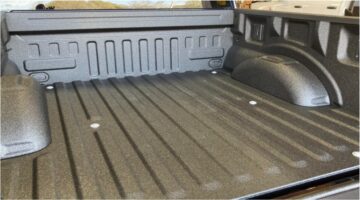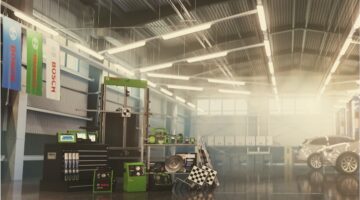Driving isn’t just about getting from A to B, it’s about taking responsibility for the welfare of yourself and others every time you get behind the wheel of a car. That responsibility also extends beyond the way you navigate the roads to the condition of the vehicle you drive. Hereis a six-point checklist to ensure the car your driving is safe and appropriate for the road.
Brakes
Brakes are arguably the most important element of a vehicle when it comes to stopping in an emergency, and the difference between good and bad brakes can add up to life-saving metres of stopping distance. Ensure your brakes are serviced regularly by a professional mechanic and your brake fluid is topped up.
Tyres
Balding or aged tyres can have a huge impact on the safety of your car. They not only increase your stopping distance, but also affect the handling of your vehicle particularly in wet or slippery conditions. Tyres are required to have a minimum tread depth of 1.5mm and most have a visual indicator of when they are nearing this mark.Experts recommend changing your tyres approximately every five years to ensure there is no sun damage or rubber degradation.
Windscreen
Your windscreen is your window to the road in front and is required to be free of visual impediments like cracks. Tend to cracks and chips early to ensure they don’t spread further and become a liability.Windscreens should also be kept clean for improved vision, with wiper fluid kept topped up and windscreen wipers changed regularly.
Steering and suspension
The various elements of your steering and suspension system all add up to how safely your vehicle handles on the road. Worn elements or loose components impact the way your vehicle corners, drives under braking and reacts in an emergency. They should be regularly checked by a professional as part of your ongoing servicing schedule.
Rust
It’s not just unsightly;rust can also be a serious safety concern. Rusting panels or body elements impact the structural integrity of your vehicle and can have a role in how well your car protects you and others in an accident.
Lights
Headlights, indicators, brake lights and reverse lights should always be in working order and are one of the simplest areas of your car to fix. Regularly inspect your car to ensure your lights work on their required settings and that headlights are correctly balanced so as not to shine directly into the eyes of an oncoming driver.
Keeping your vehicle in top condition helps protect you and other road users, but things don’t always go to plan. Should you find yourself in an accident, have your insurance details and the number of an expert like Motor Accident Legal Service on hand so you can deal with the situation as quickly as possible and hit the open road again.








